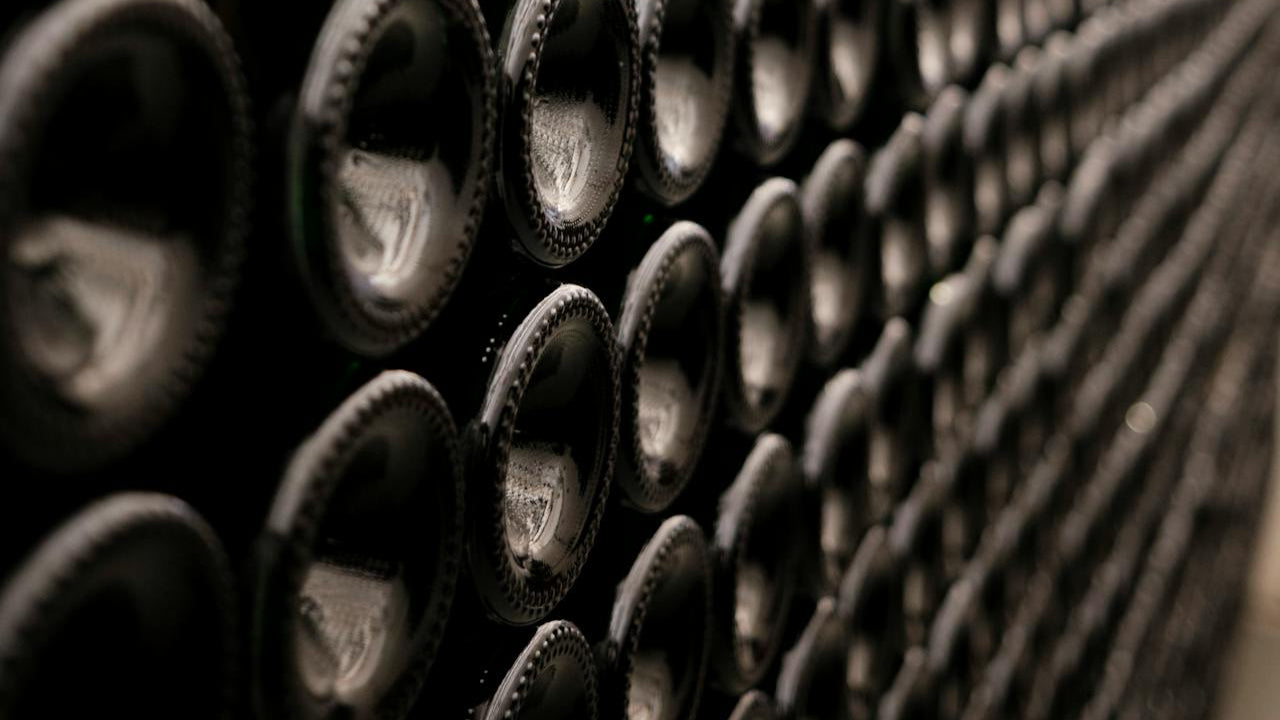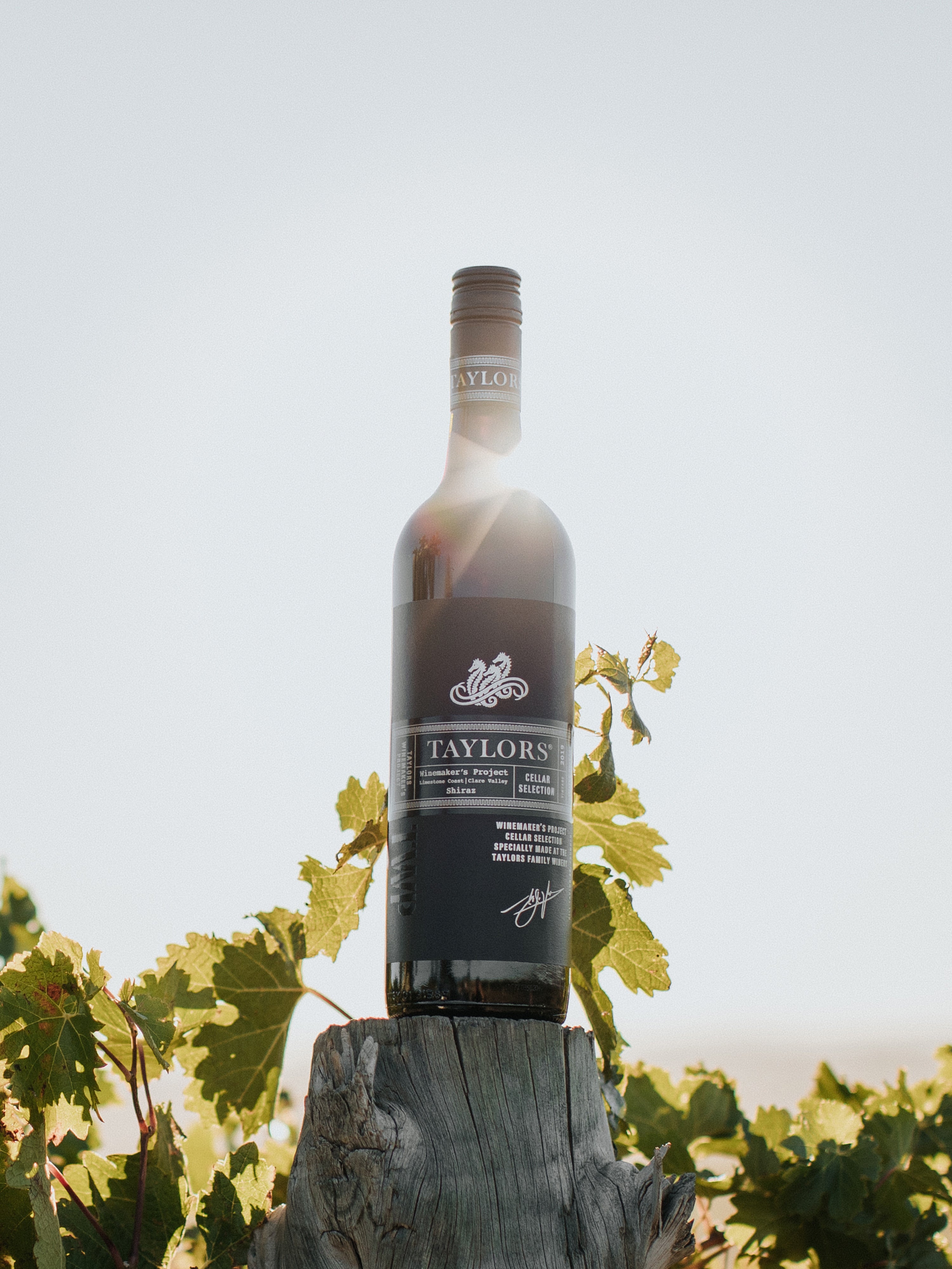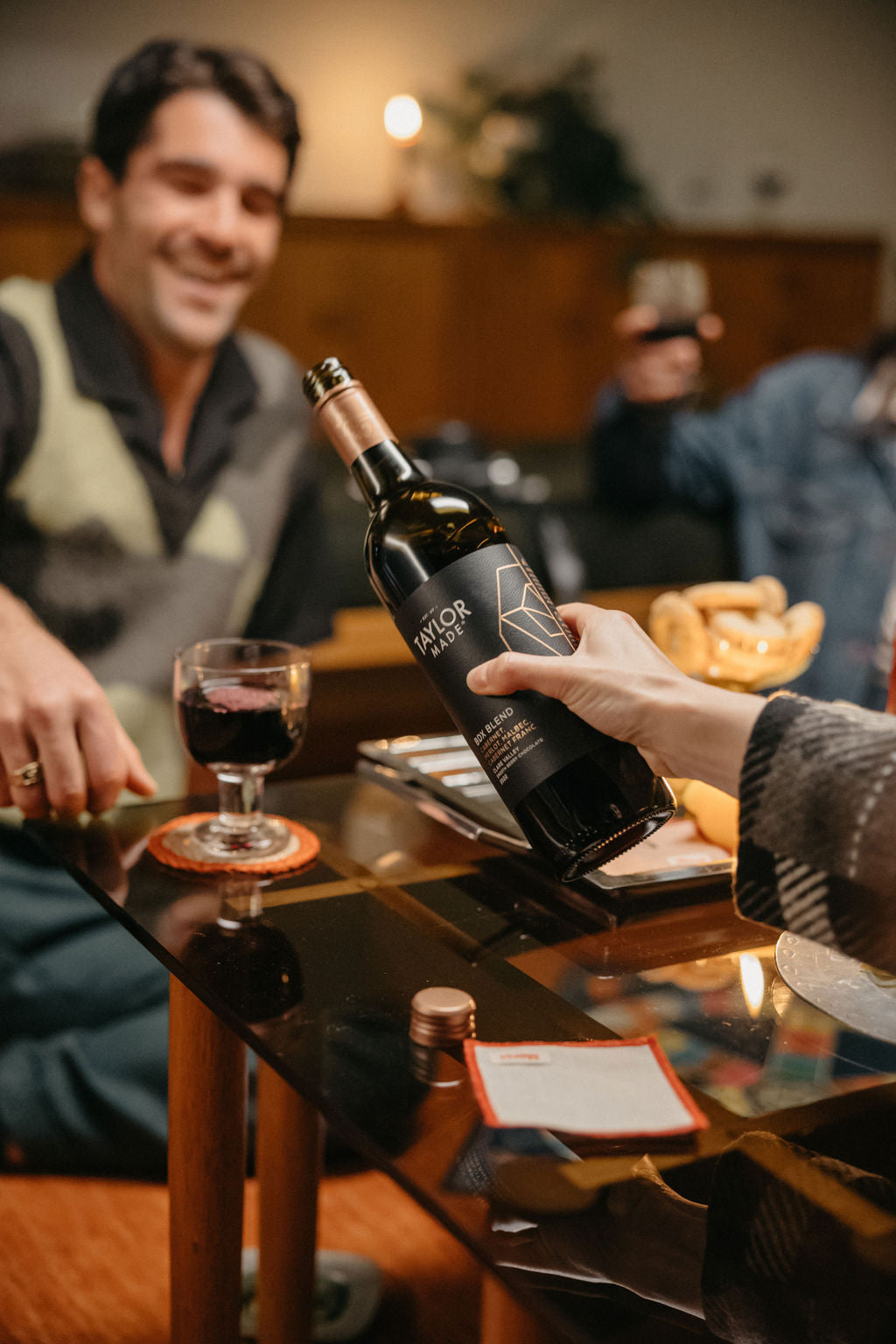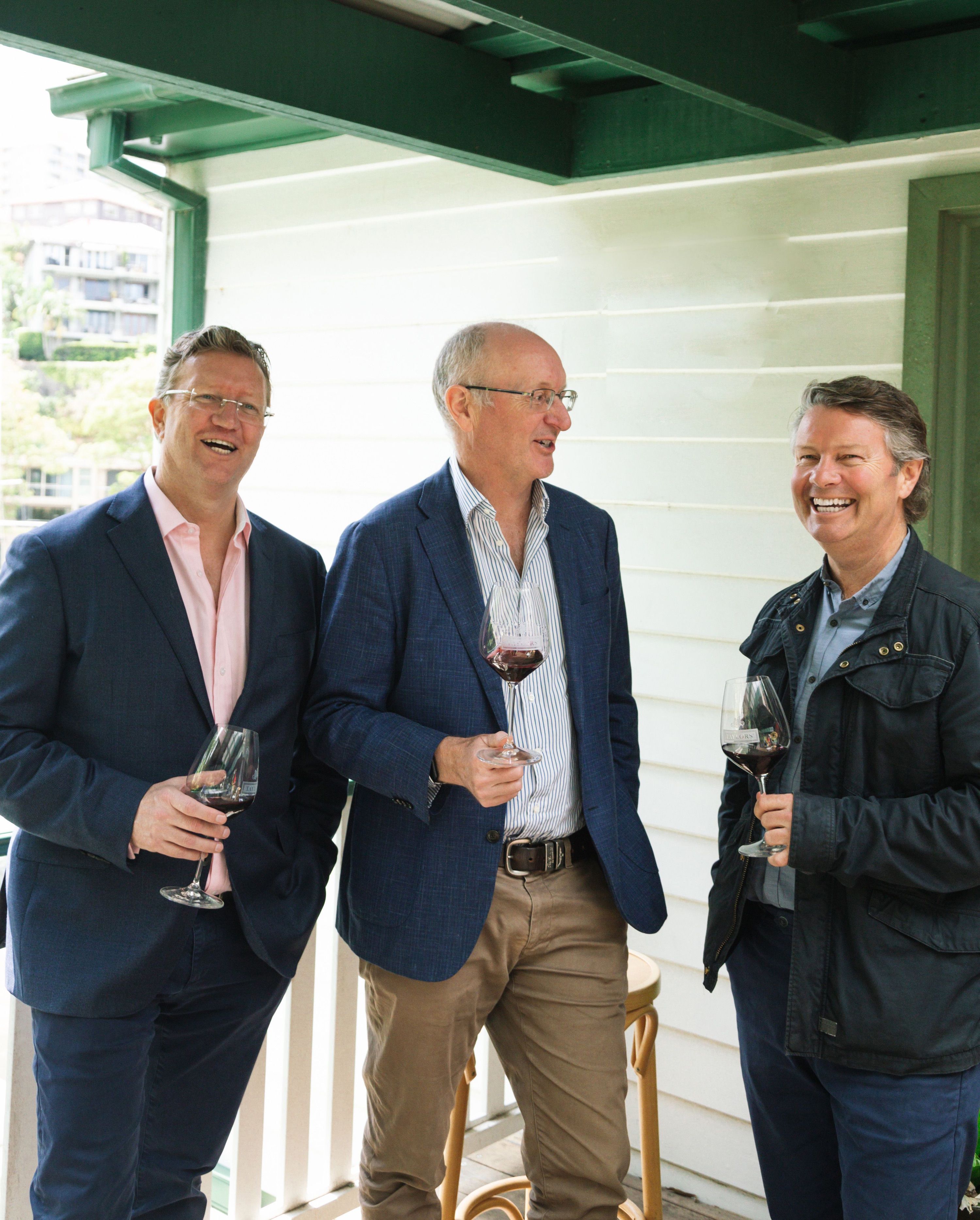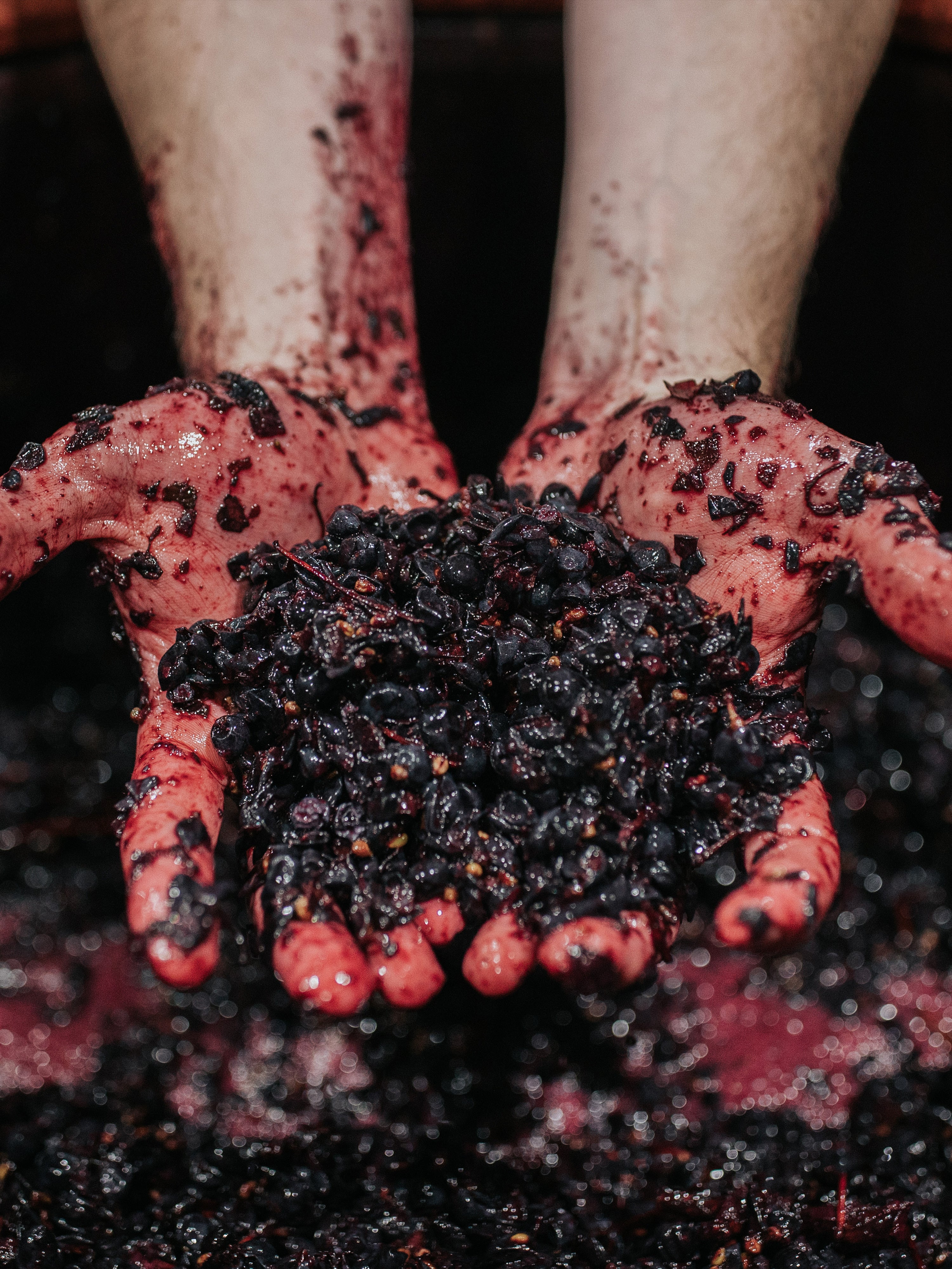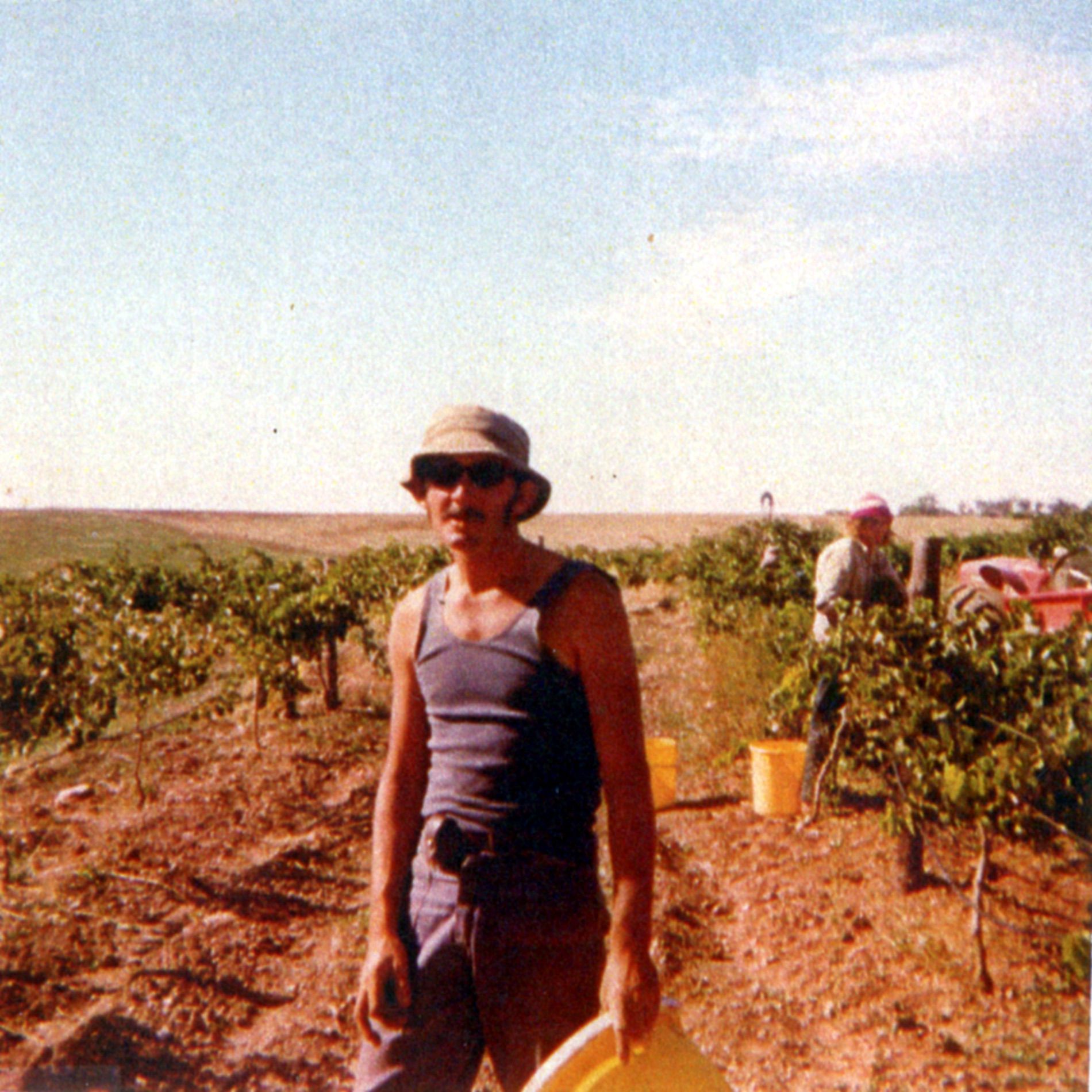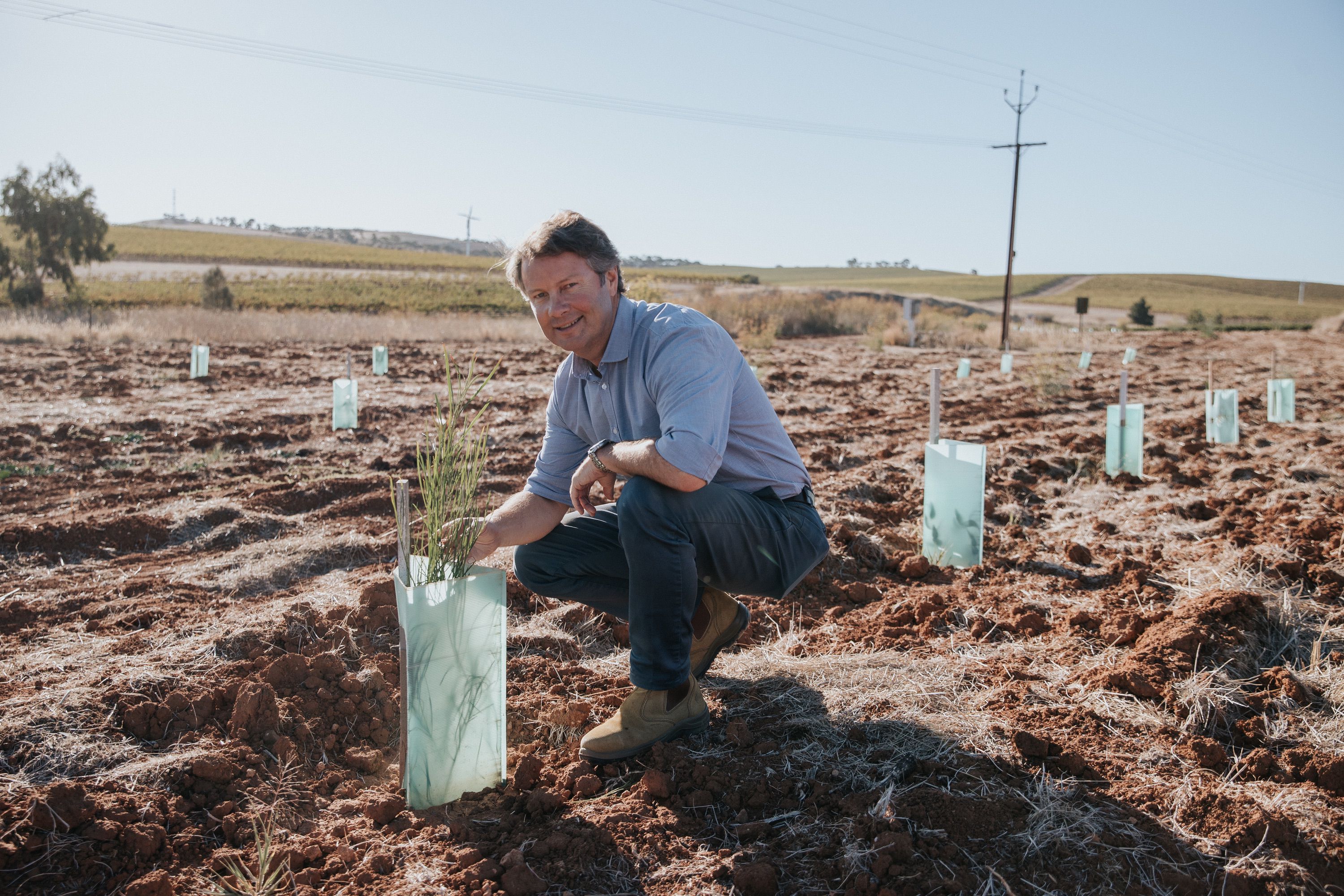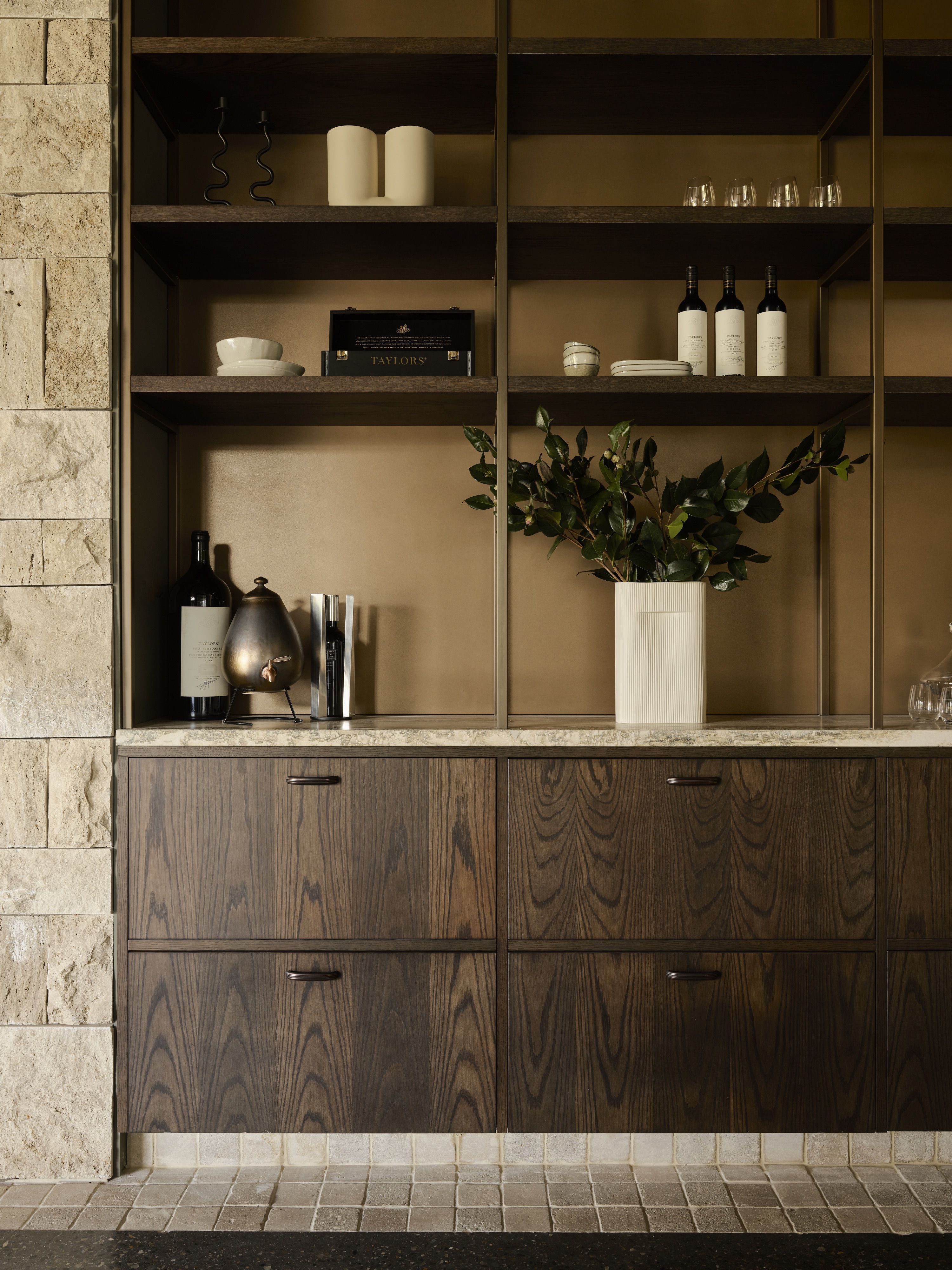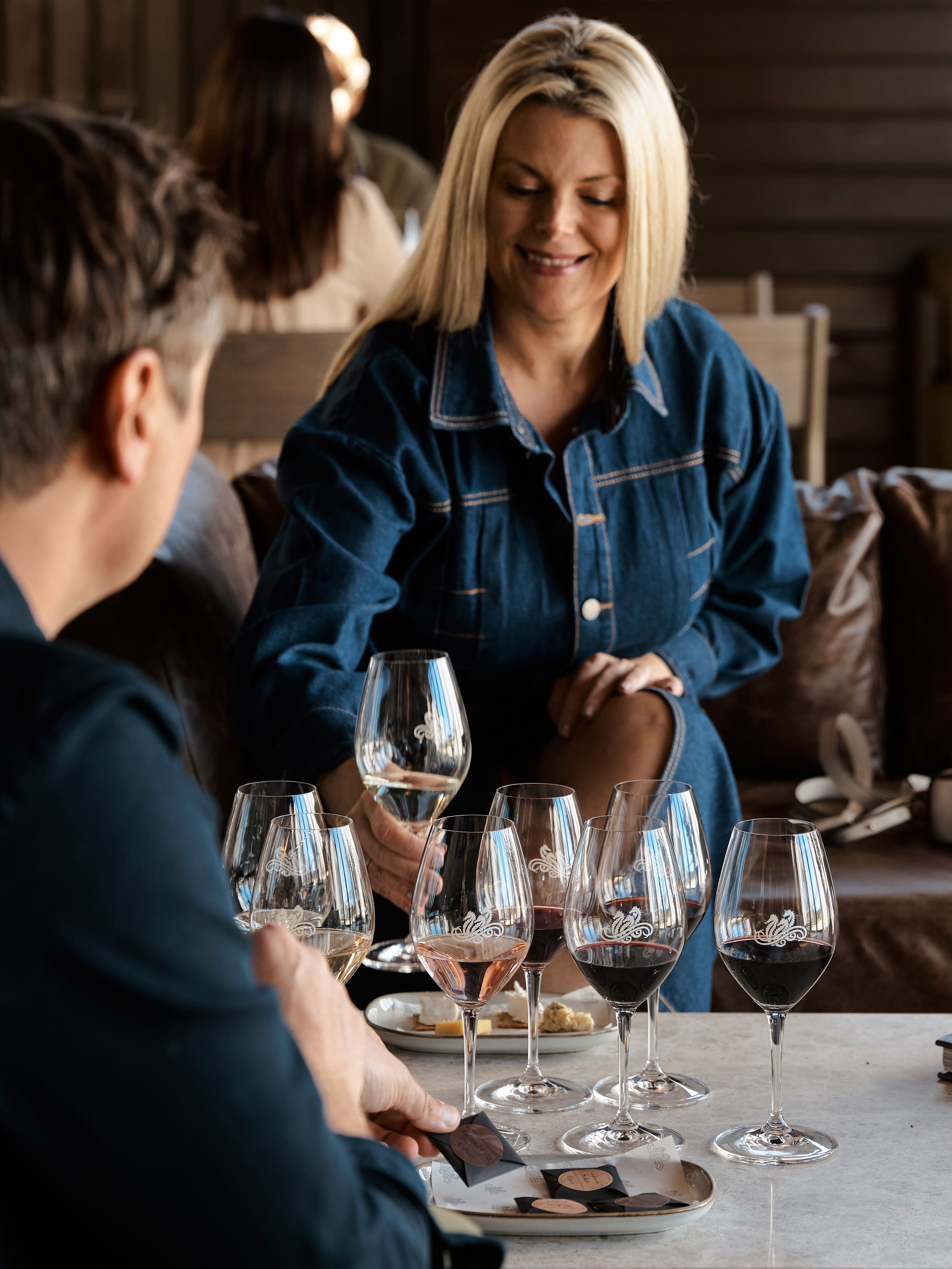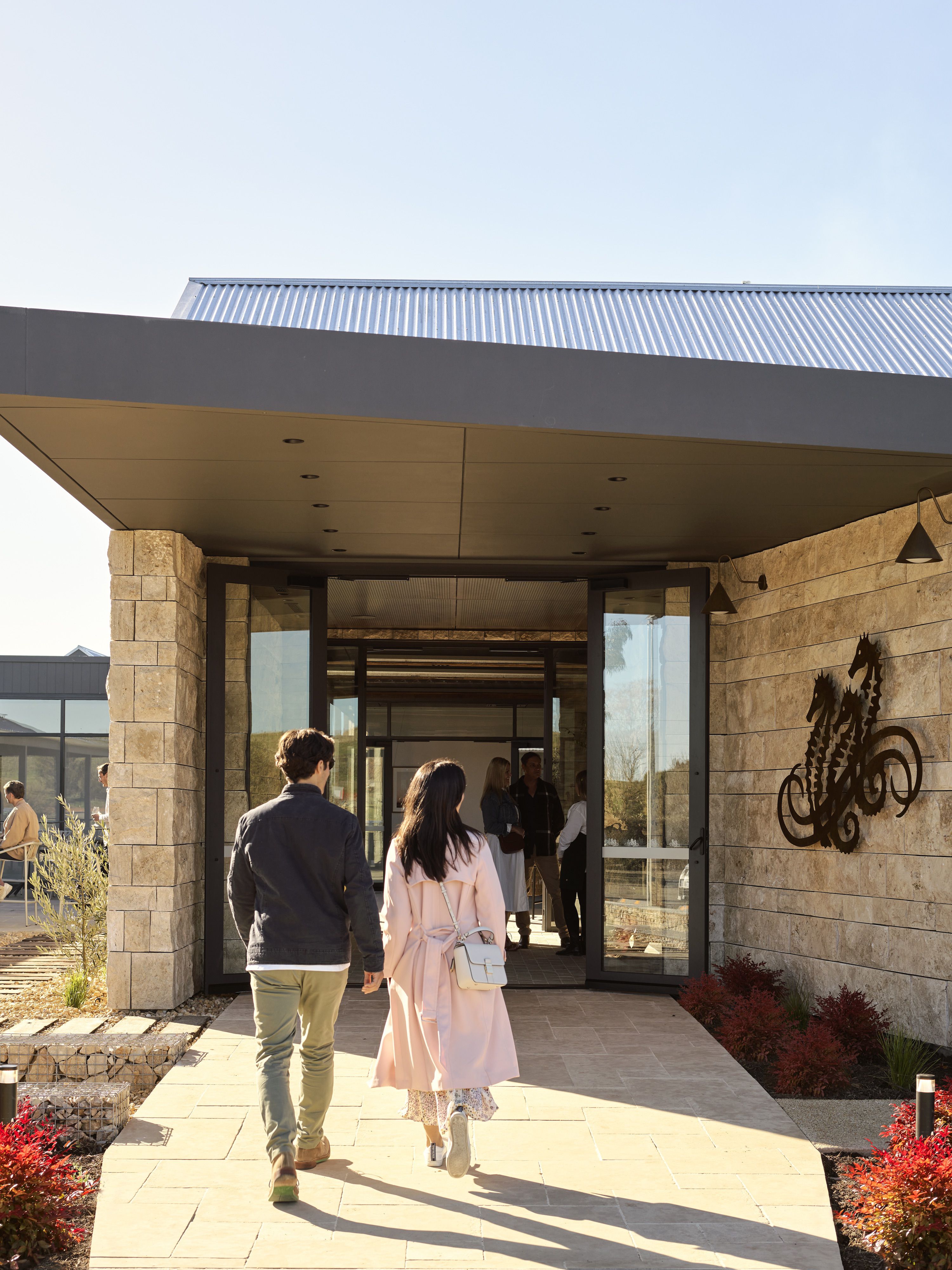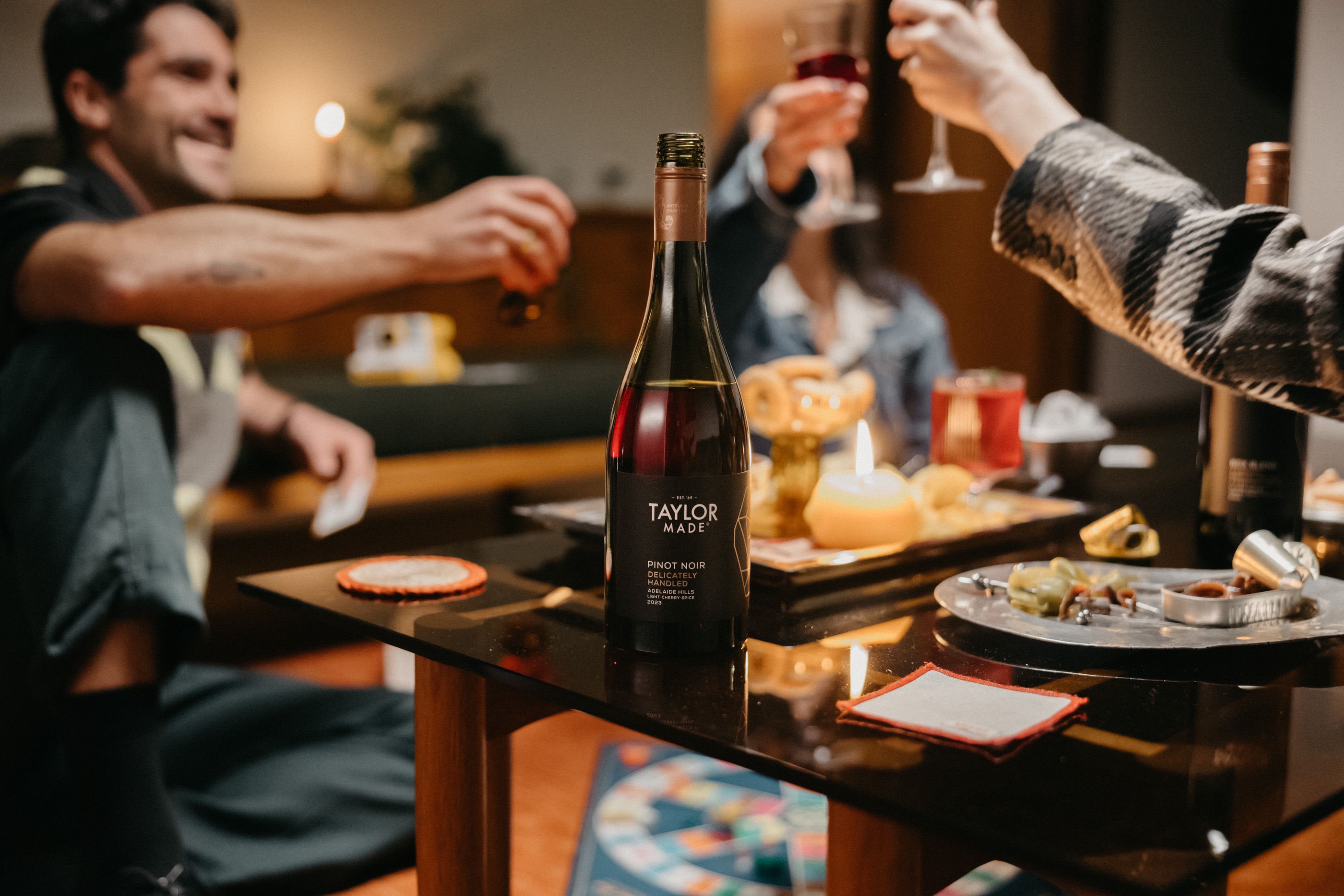Does a wine actually improve with age? There are certainly enough clichés floating around linking wine and ageing – ‘ageing like a fine wine’…’like good wine, the best things take time’, and so on. But like any cliché, it probably pays to know a little bit more about the subject before committing to any costly adventures.
So if you are wondering how aging will improve a wine, the first thing we’ll ask you is, which wine? Because (to bust a common myth) lengthy ageing actually doesn’t suit all wines. The delicate symmetry between wine and time is one that involves a careful selection of varietal fit, winemaking features, and storage conditions.
We’ve all heard the horror stories of someone tucking away an expensive drop for years, only to have that future occasion marred by a glass full of murky vinegar. It’s not something you’d wish on anyone! So let us do our bit to shed some light on things to consider when looking for ageing potential.


Happy historical accidents
To the delight of the ancient Greeks, the occasional misplaced amphorae of stoppered wine would turn up several years later with a paler but deeply delicious version of the original wine. Middle Eastern and European wine connoisseurs then worked across centuries to pinpoint those wines best suited to the ageing process. With sticky fortifieds such as Madeira and Port handling well across the passing of the years, wine aficionados took a guess that residual sugars might well be part of the secret. Yet resolution of the mysteries of the (wine) x (time) equation came down to much more complex factors than original sweetness. As knowledge grew, key varietal features, growth conditions and discerning vinification processes began to become identified with truly excellent ageing potential.


Grape potential
The best place to start in understanding the ageing process is to consider the features of particular grape varieties. Where tannins (also known as phenolic compounds), acidic features and fruit characters are all in abundant and balanced supply, the chances of having a wine with good ageing potential increase significantly. Cabernet Sauvignon for example is one of the celebrated ‘agers’ due to the nature of the actual grape’s chemical composition, as is Nebbiolo. Yet a delicious youngster such as a Beaujolais or Moscato is not structured in such a way - giving you every right to enjoy such light varieties instantly! In fact, ageing beyond the first couple of years post-bottling for some grapes is more than a waste of time -it can rob a perfectly integrated varietal of its youthful character.
Acid tongue
As noted, good acidic structure can be a tell-tale sign that ageing potential is high. Acidity should be assessed carefully, with low pH fruit such as Pinot Noir and Sangiovese providing a sound platform for cellaring. If you combine this structure with rich and complex fruit characteristics at bottling, it is highly likely that the passage of time will lead to even better flavour and aromatic components.
White knights and ‘dumb adolescents'
To dispel another myth, white wines can cellar beautifully in the right conditions. Place zesty Riesling from the right region in your cellar and you could find an outstanding 15 to 18-year-old (or more) waiting to be savoured. Chardonnay, with a strong and complex structure at bottling, also has the potential to steal the cellar spotlight. Don’t forget that our accomplished winemakers have enviable skills in coaxing a winning balance from many varietals; oak barrelling and lees management are just two of the key variables directed towards good ageing potential.
One thing to watch for in all wines that you age is the strange valley of disappointment that can arise in the middle years of ageing. A promising Cabernet Sauvignon at bottling could well produce insipid and disappointing returns at the 4 to 6-year mark. This is known as the ‘dumb’ period, where the wine is often confused, aimless and lacking form. The alchemy is underway -but not complete. It’s no surprise some wine aficionados call this the teenage years! Yet don’t despair - if your calculations of potential are correct, the 10 to 11-year mark could well reveal a mature and highly accomplished wine of perfect proportions.


The Right conditions
You might research and pinpoint a wine that has perfectly balanced fruit features, sharp tannins, and sound acid structure. And you could also ensure that the vintage emanates from a flinty, mineral-rich terrain known for adding further scaffolding to the wine’s ageing potential. Yet -it could all be for nought if the cellaring environment is sub-standard. Be sure to take account of the best temperature conditions for your varietal (or blend), and focus upon consistency. 20 hours of sub-13 degrees Celsius will mean nothing if a wall is pounded by 35-degree summer heat for the remaining four hours of each day! Humidity should also be maintained, particularly when cork is in use, so that unwanted oxidation is minimised. And strong vibrations such as truck traffic are a sure-fire way to upset the chemical mix. At the end of the day, we really want these gems to sit in the cool, humid dark until the time is right for unveiling.


Et voila!
So what does all of this selection, attention and preparation for ageing deliver? Inside that bottle across the dark and dusty years, small miracles are coming to life. One of the key interactions occurring during the ageing process is the chemical dance that is performed between tannins and other components. Across time, these hard-working phenolic compounds facilitate the mellowing of acidity and enhancement of aromas until themselves falling as sediment -job done. What is left with the passage of time will be a combination of textured aromatics and unexpected flavours that often inspire the sit-down-eyes-closed rapture that a well-aged wine can deliver. Why not put our award-winning St. Andrews Cabernet Sauvignon to the test? With elegant tannins and distinctive fruit aspects at bottling, the right cellar conditions could well see you bowled over by breathtaking flavours in 2025. Just remember that well-structured examples of both red and white wines can leave the winery with a long rest in the cellar being their perfect destination. With a little understanding of the key features for longevity, you can begin to gain confidence in spotting and storing a ‘perfect ager’. But just don’t forget the young ‘uns! Some soft, youthful wines without legs for the long haul are nevertheless completely perfect for the 0 to 2-year mark. See? Whichever end of the ageing spectrum is chosen, we lovers of fine wine simply can’t lose.
Read more

Will Stewart has taken inspiration from around the world to not only pair his recipes with wine but to use the wine as part of the recipes. Wine adds a depth of flavour that allows the humblest of ...

Will Stewart has taken inspiration from around the world to not only pair his recipes with wine but to use the wine as part of the recipes. Wine adds a depth of flavour that allows the humblest of ...
